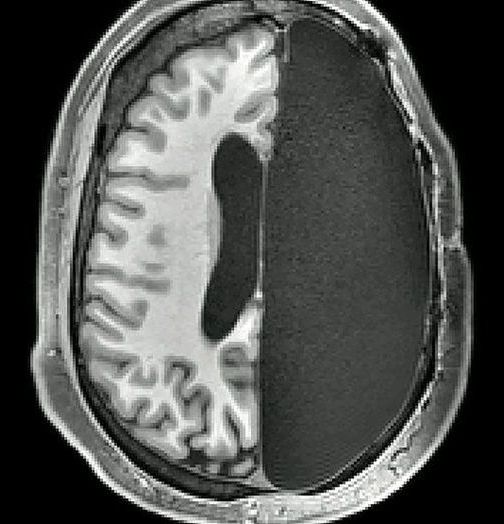
The American X-plane series has a long and storied history stretching all the way back to the Bell X-1 that made supersonic flight a reality. NASA, the Air Force, and other parts of the government have used X-planes to explore the flight mechanics of vertical takeoff and landing (VTOL), movable wings, and much more. Now, NASA is working on the first manned X-plane in decades, the all-electric X-57 Maxwell.
NASA started working on the X-57 in 2015, but it’s not building its electric plane from the ground up. The team started with a Tecnam P2006T twin-engine propeller plane, which it is modifying in stages. NASA hasn’t flown the aircraft yet, but it has deemed the X-57 ready for its public debut. The press was allowed to view the X-57 last week at NASA’s Armstrong Flight Research Center in Edwards Air Force Base.
The X-57 is currently in its “Mod II” configuration, which is the first featuring entirely electric flight hardware. The plane has electric cruise motors where two combustion motors were in the original aircraft. Mod III and IV will complete the X-57’s transformation from a noisy combustion plane to a quieter, more efficient electric one.

















